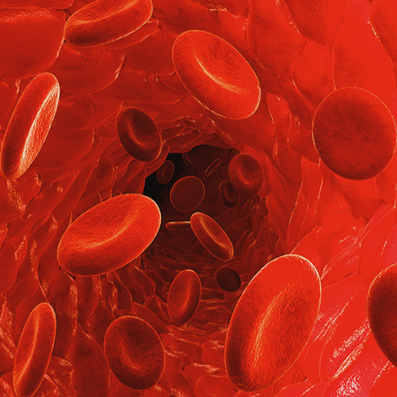
Chronic wounds such as diabetic skin ulcers can be very slow to heal, potentially leading to amputations or sometimes even death. A new bandage could speed their healing by delivering electrical stimulation, but only as needed.
On the underside of that film is the other layer, a “Rubbery, skin-like” hydrogel which lies in contact with the wound. Biosensors in the bandage continuously monitor the wound’s electrical impedance and temperature.
Past research has shown that impedance increases as wounds heal, whereas the temperature drops as inflammation subsides.
If those metrics indicate that the wound is having difficulty healing, an electrical stimulator in the bandage is triggered to deliver a small electrical current into the underlying tissue.
As is the case with other wound-zapping dressings, doing so is claimed to accelerate tissue closure and reduce infection, by speeding the rate at which keratinocytes migrate into the wound site, and by killing bacteria.
As the bandage goes about its business, it uses an onboard radio antenna to wirelessly communicate with a paired smartphone.
A caregiver utilizing that phone can thereby check on the state of the wound, without having to repeatedly disturb it by removing the bandage.
In tests performed on mice, use of the device was found to speed healing times by about 25%, and to boost skin regrowth by around 50%. The scientists stress that it may be some time before the bandage can be utilized on people, as it still needs to be scaled up to human-use size, and the production costs have to be reduced.
The researchers believe that it should then both help chronic wounds to heal faster and boost our understanding of how such wounds heal.
“With stimulation and sensing in one device, the smart bandage speeds healing, but it also keeps track as the wound is improving,” said Dr. Artem Trotsyuk, co-first author of a paper on the study.
“We think it represents a new modality that will enable new biological discovery and the exploration of previously difficult-to-test hypotheses on the human healing process.”
